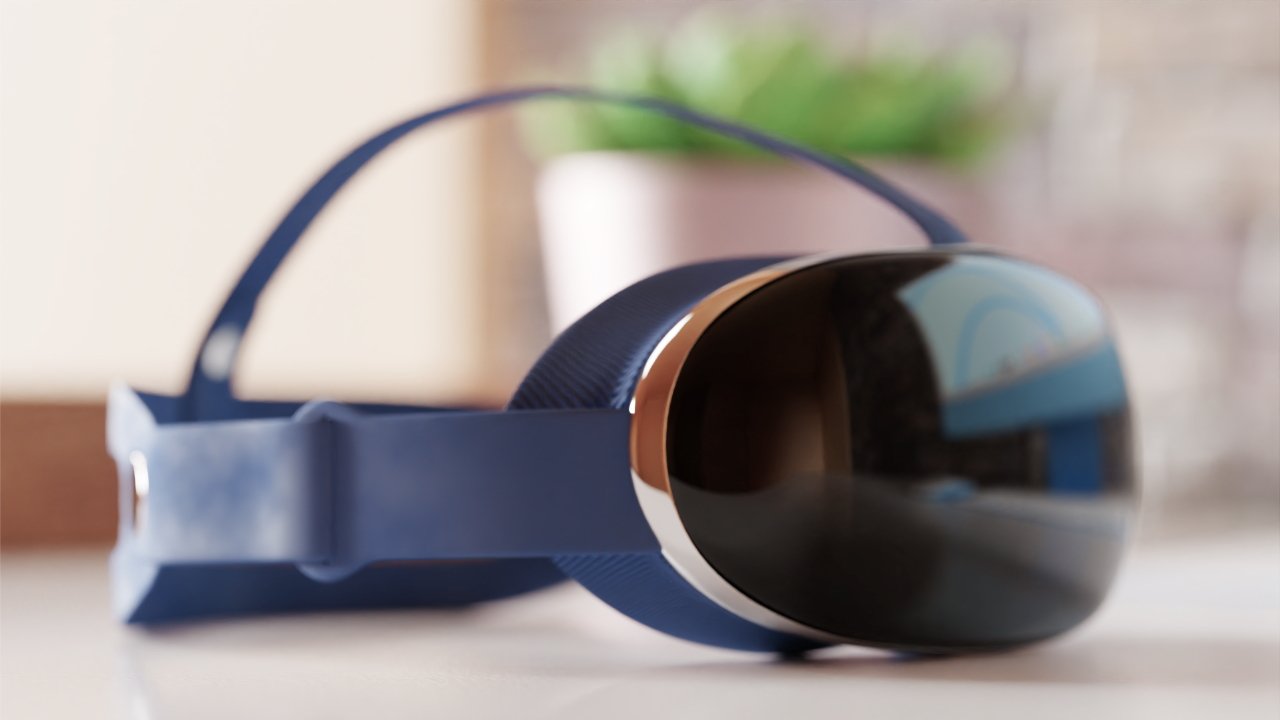A new report claims that Apple Glass, or other Apple AR headsets, could use iris detection instead of Face ID or Touch ID.
The report, published on Friday morning by The Information claims that two unspecified sources tell them that Apple's forthcoming AR devices will use iris scanning to identify a user when they put the headset on.
"The capability will make it easier for multiple people to use the same device and allow them to quickly make payments inside the headset," claims the publication, "just as iPhones allow people to confirm payments using scans of their fingerprints or faces, the people said."
Most of the details in Friday's report have been rumored before, and some appear to be extrapolation rather than coming from sources inside Apple. For instance, if iris scanning is used as a new biometric tool for user authentication, it is likely that it will also enable Apple Pay use.
Similarly, the inclusion of iris scanning technology — whatever its ultimate use is — has been previously reported. In 2017, Apple bought SensoMotoric Instruments for its eye-tracking technology.
Also in 2021, analyst Ming-Chi Kuo reported on the technology this acquisition had brought to Apple's head-mounted display (HMD).
"We are still unsure if the Apple HMD can support iris recognition," he wrote, "but the hardware specifications suggest that the HMD's eye-tracking system can support this function."
The sources referred to by The Information include at least some who are claimed to have worked on Apple's project. They say that the design will heavily feature mesh fabrics, aluminum, and glass. It is also rumored to be thinner and lighter than Meta's new Quest Pro.
The sources referred to by The Information include at least some who are claimed to have worked on Apple's project. They say that the design will heavily feature mesh fabrics, alumnium and glass, and that it will be thinner and lighter than Meta's new Quest Pro.
These sources also say that the headset screen will be able to operate at low refresh rates, similar to the way that the iPhone and Apple Watch have always-on displays. In the headset's case, it would be specifically to conserve battery life.
Separately, it's recently been reported that Apple is working on at least three different Apple AR headsets.
One of them, said to be at an advanced stage of development, is expected to launch in 2023. It may come with a pair of 4K OLED displays, plus 15 camera modules around the side, and cost up to $3,000.
 William Gallagher
William Gallagher







-m.jpg)






 Marko Zivkovic
Marko Zivkovic
 Wesley Hilliard
Wesley Hilliard
 Amber Neely
Amber Neely

 Malcolm Owen
Malcolm Owen


 Christine McKee
Christine McKee




-m.jpg)



6 Comments
For consideration: theconversation.com/companies-are-increasingly-tracking-eye-movements-but-is-it-ethical-191842